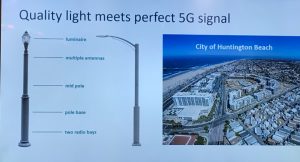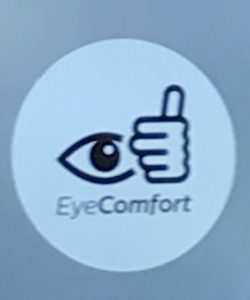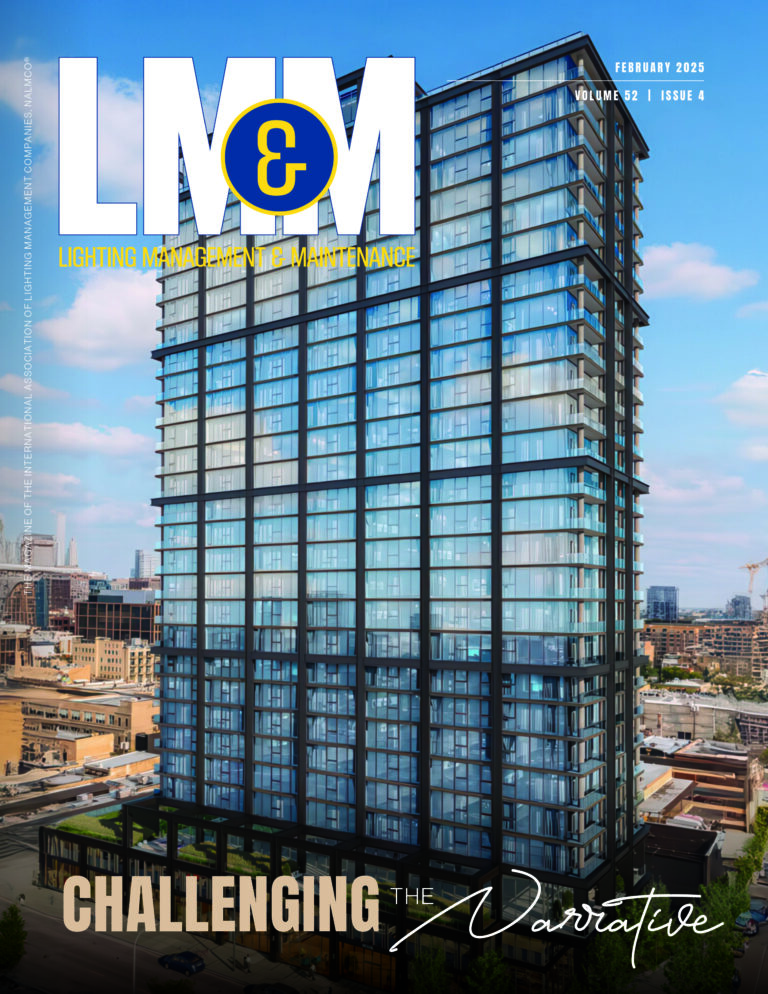While the name Signify will take some getting used to, Philips is defending their position as the largest lighting company in the world by going on the offense.
 I spent several hours with them on Monday attending their press conference and learning about their products. Philips scheduled one-on-one conversations for your humble editor with Roger Karner, President Market US, and Chris White, the new CEO of Market Group Americas. It appears that Philips is in strong hands again.
I spent several hours with them on Monday attending their press conference and learning about their products. Philips scheduled one-on-one conversations for your humble editor with Roger Karner, President Market US, and Chris White, the new CEO of Market Group Americas. It appears that Philips is in strong hands again.
 Philips is rolling up their IoT products into one platform called Interact:
Philips is rolling up their IoT products into one platform called Interact:
-
Interact City for public space lighting, roads, streets, pedestrian areas, parks and plazas
-
Interact Landmark for architectural lighting
-
Interact Office for offices and commercial buildings
-
Interact Retail for large retail and food stores
-
Interact Sports for stadiums
Eric Rondolat, CEO, hosted the press conference and handed off to various team members to explain the details. One exciting project was a university in Dubai where a student walks in the building the first day and his phone directs him to the correct classroom as the lights track his location. Next the luminaires will sense when people have begun to arrive in class and adjust the HVAC accordingly. All lights at the university are controlled by daylight or apps and there are no switches. In the rest of the world, the HVAC usually is not turned on until people arrive. We expect our rooms to be at optimal temperature before we arrive, so the HVAC benefit is not so important in the U.S.
Philips has 1000 cities or towns on their city touch platform, now renamed Interact Cities, which can allow for geo positioning for the light fixtures as well as citizens. Acoustic sensors can detect gunshots. This benefit is, unfortunately, very important in the U.S.
Philips is now working with third party companies to extract marketing data. Rondolat spoke of new possibilities of collaboration and partnering with complimentary companies that go beyond lighting.
Steve Baker, Director of Vertical Markets, American Tower spoke of three megatrends in the communication tower industry:
1. Cities are undergoing rapid LED conversions.
2. Smart city initiatives are underway and Philips is a leader.
3. Towers are shared facilities that several companies operate. As society demands more IOT deployments, there will be 50 times to 100 times more transmission sites required.
 One example is Huntington Beach, CA where smart poles can match existing types of street poles. Launched with American Tower Corporation, it is called the Smart Fusion Pole and includes integrated antennas that are concealed and can support services from multiple mobile operators on a single pole. The poles are designed to have multiple mobile operators so Verizon and AT+T could share the same pole.
One example is Huntington Beach, CA where smart poles can match existing types of street poles. Launched with American Tower Corporation, it is called the Smart Fusion Pole and includes integrated antennas that are concealed and can support services from multiple mobile operators on a single pole. The poles are designed to have multiple mobile operators so Verizon and AT+T could share the same pole.
A question from a member of the press, “But won’t these poles be more expensive?” Baker responded that if one considers multiple bay stations combined into one unit that can also support a luminaire and various sensors, built in antennas, built in heat sinks, rent space where there are no obstructions or blind spots; when you total all of those costs you will find the fusion pole far less expensive. The total cost equation is a huge saver compared to what they were doing before. It was a brilliant answer to a dumb question.
One in seven people across the world don’t have access to light at night. Philips has a campaign is to create brighter lights for brighter world. They discussed a solar luminaire featuring a long-life battery which charges for 8 hours, but provides 24 hours of light. So even with one or two rainy days, there will still be light.
 Mahesh Iyer, CEO of Business Group LED, explained that consumer lighting is 25% of their business and Philips is designing LEDs for eye comfort. Mr. Iyer said that people spend more time than ever indoors with computer screens, mobile devices, What’s App, and if you are the U.S. President, “you spend a lot of time on Twitter.” A few people cringed on that comment. But the point is that Philips is taking eye comfort serious and showed a new icon that will accompany key products.
Mahesh Iyer, CEO of Business Group LED, explained that consumer lighting is 25% of their business and Philips is designing LEDs for eye comfort. Mr. Iyer said that people spend more time than ever indoors with computer screens, mobile devices, What’s App, and if you are the U.S. President, “you spend a lot of time on Twitter.” A few people cringed on that comment. But the point is that Philips is taking eye comfort serious and showed a new icon that will accompany key products.
Iyer also showed pictures of Hue Outdoor, a story which EdisonReport has previously covered. This system can be installed by the homeowner in less than an hour.
One interesting question came from Ray Maloney of Lux Review about Philips no longer supporting education. The Philips spokesman explained that they haven’t stopped educating, but are doing it in a different way because of the new technologies. He wen on to say, “We are not giving that space to anyone and we need to do this as the market leader.”
Rondolat spoke briefly about LiFi and emphasized that the products are real, commercialized, and they are stabilizing it now, so that individuals can move within offies and not lose the signal. LiFi’s penetration will depend on the receiving devices and Philips already has longstanding relationships with device makers. Philips did display LiFi at the show to a few select customers. Since the press conference, we have learned that Philips has been working on LiFi for about seven years. EdisonReport believes that with Philips leading the effort, LiFi implementation will be ramped up and could be mainstream within a few years.
Philips was displayed their lighting services real-time. First, we saw a call center where a group of 8 to 10 people were monitoring 806,336 luminaires around the world. The screen changed to show maintenance reports. When a problems do occur about 40% of those problems can be solved by the call center, remotely, using software. When there are hardware issues, the technician will know exactly where to go and what to do, so should have the component needed to solve the issue on the first trip.
Philips plans call for slightly above the projected market growth of 3% to 4% once the transformation is over. Philips has the best and biggest hall, they hosted the most informative and detailed press conference we attended, and they have some revolutionary products and services
It is great to see a strong Philips again!





